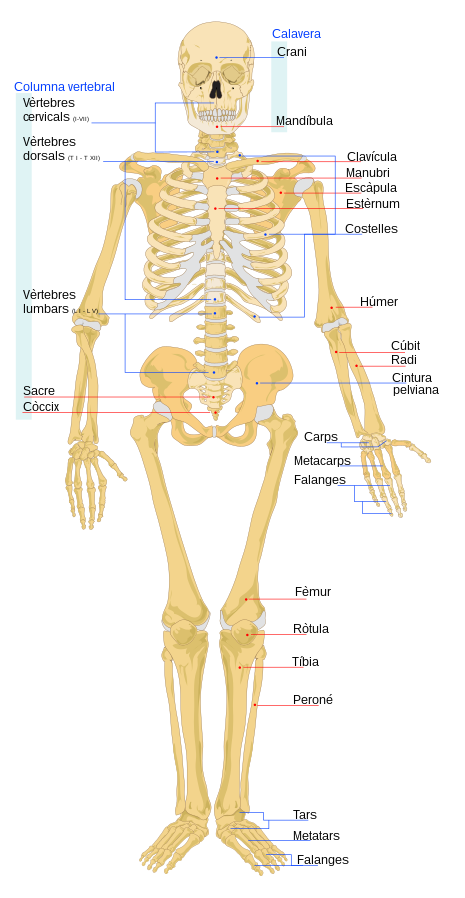Kabuki syndrome
Others
1. Musculoskeletal system
Bones and Joints
Bones and joints form the osteoarticular system, but when muscles are added, it constitutes the locomotor apparatus or musculoskeletal system. This system allows humans to interact with their environment through movement, maintains posture, and provides support and protection for the body's other organs.
An adult has approximately 206 bones and 360 joints. Both develop from the embryonic stage until the age of 20-25 years, when complete osteoarticular maturation is reached.

Osteoarticular Problems in Kabuki Syndrome
In children with Kabuki syndrome, as in other neurological diseases in childhood, osteoarticular problems can arise for two reasons:
- Primarily, because the genetic alteration that causes the disease also leads to defects in bone formation. In Kabuki syndrome, this is the case with deformities in the feet, hands, and spine.
- Secondarily, due to lack of muscle tone, difficulty walking, or poor posture. This is the most common form and is mainly due to problems related to joint hypermobility.
Last modified
10 December 2024